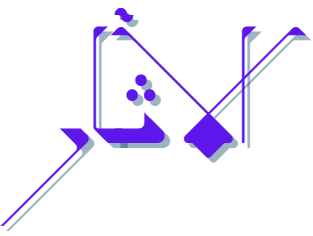NAVIGATING MORPHOLOGICAL COMPLEXITY: A STUDY OF TRILINGUAL PROCESSING IN ENGLISH, URDU, AND PUNJABI
Abstract
This study explores the complex nature of morphological processing in trilingual speakers of English, Urdu, and Punjabi. Morphological processing involves understanding and using morphemes, which are the smallest units of meaning in a word. In multilinguals, this becomes more complex due to cross-linguistic influence (CLI) and the need for language control. The study examined how these factors interact during tasks related to inflectional and derivational morphology. Data was collected using reaction time and accuracy rates, along with think-aloud protocols to gain deeper insight into participants’ thought processes. Results showed that participants performed better, faster, and more accurately when using their first or second languages (Urdu and Punjabi) compared to English, which was typically their third language. The findings suggest that typological similarity between languages helps in positive transfer, while structural differences can cause interference and errors. The study supports existing theories of multilingual cognition, such as the Inhibitory Control Model, and highlights how language dominance and proficiency affect performance. It also emphasizes the importance of developing morphological awareness in language education to support learning and reduce negative transfer. The study suggests that future research should include tools like eye-tracking and ERP to examine real-time morphological processing in multilinguals.



































